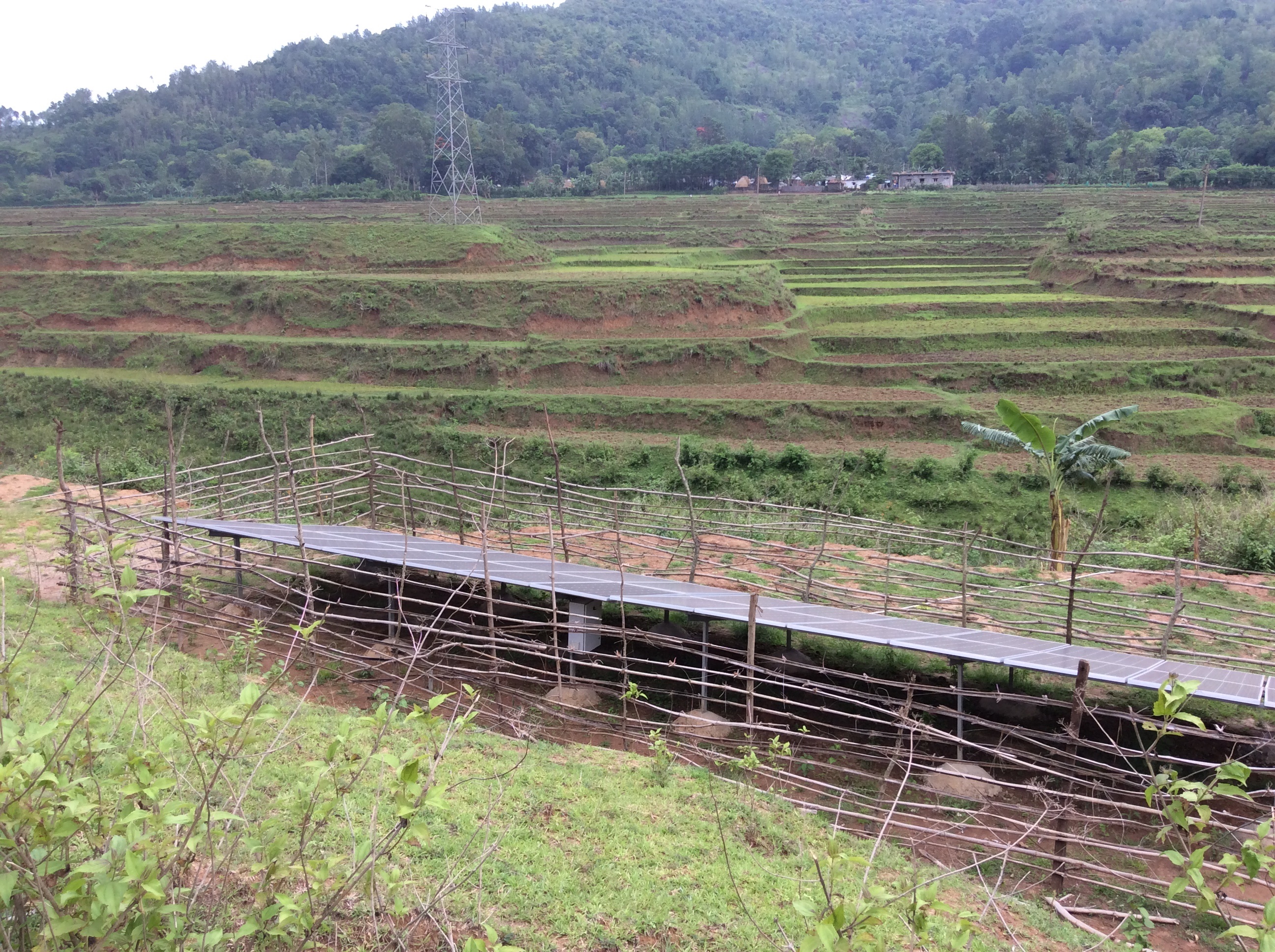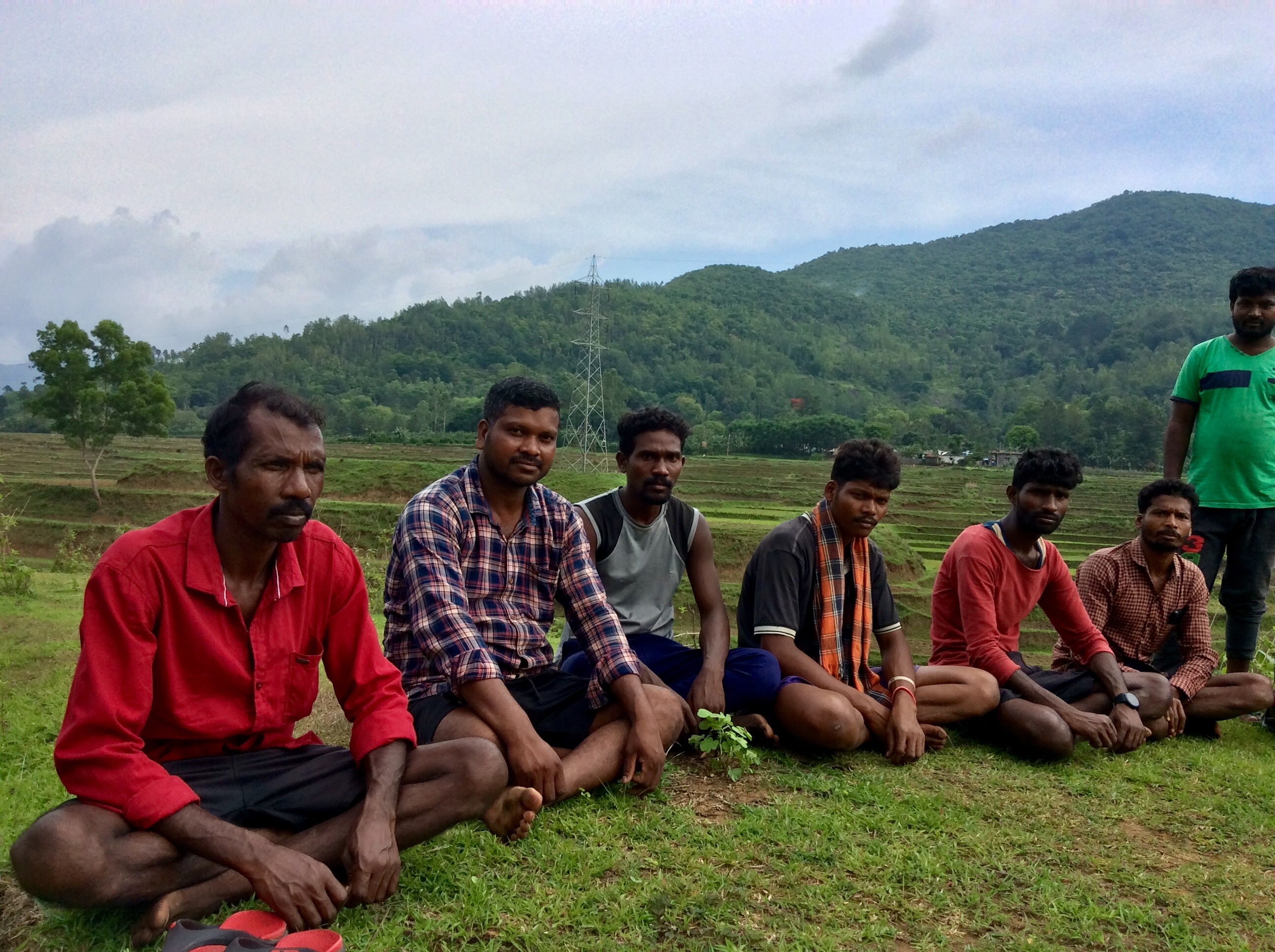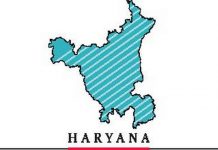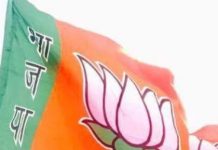
In Pedagaruvu, a tribal village in the Araku region of Andhra Pradesh, a community-based solar lift irrigation project launched last year is helping in the cultivation of extra crops. A report by Deepanwita Gita Niyogi
Farmer Navaghana Murthy owns five acres of land in which he cultivates paddy during the monsoon. Murthy is a resident of Pedagaruvu, a tribal village, comprising only 74 families. It comes under the Hukumpeta mandal in Andhra Pradesh’s newly formed Alluri Sitharama Raju district.
Despite receiving good monsoon from June to September, agricultural lands in the village are left fallow during almost seven months starting from November to May. At that time, many people migrate to cities in search of work.
To prevent migration and create assets in the village, Hyderabad-based non-profit WASSAN helped develop and design a community-based solar lift irrigation project last year.
The aim was to help farmers cultivate lands during November to May in the absence of rainfall and ensure additional income generation. For this, the water of a nearby perennial stream, known as Pedda Gedda, was diverted to farmers’ fields through a network of outlet pipes. The farmers, who are part of the initiative, agreed to its usage on a sharing basis.
According to Murthy, on an average extra income worth Rs 40,000 has been ensured for all the beneficiaries under this project. “I am hopeful that I would be able to grow vegetables in the winter with the help of solar-powered irrigation. I also own one acre of Podu land, which is usually sloping uplands, in Araku.”
Pedagaruvu’s dominant Adivasi communities are the Konda, Kammara, Kotia, Konda Dora and Valmiki. Though agriculture is the main economic activity in the village, people also depend on labour work offered through MGNREGA. Some are also into masonry and goat rearing.
A total of 200 acres of land is available in the village for cultivation. Farmers mainly grow crops like groundnut, Korrasama, a short-duration variety of little millet, turmeric, ginger, ragi and paddy during the Kharif season, thanks to good monsoonal showers.
Apart from these crops, indigenous varieties of turmeric and long pepper are also grown. The duration of these crops is 18 months. Farmers choose specific plots which offer shade to the crops and can retain moisture for a longer period of time. About 20 percent of the total land area in the village is occupied by these crops.
Coming to farmers’ rescue
Several initiatives have been carried out in the tribal areas of Andhra Pradesh for utilising surface water either through the means of gravity or by lifting it to channelize it into fields. However, due to the lack of three phase electricity connectivity in the village, farmers in Pedagaruvu were unable to use pump sets to lift water from the perennial stream for irrigating fallow lands. A few tried using diesel sets but could not continue due to an increase in the cost.

In Pedagaruvu, the perennial stream which flows close to farm lands, finally joins the main river. As the lands are situated at an elevation, rainwater which falls on the ground directly goes into the water body. For a long time, farmers were unable to use this water. But the solar irrigation project has given them access to irrigation. Last November, when the project started, many beneficiaries earned an additional income of Rs 30,000 to Rs 40,000 per acre.
For this initiative, a field team undertook a participatory planning with Pedagaruvu’s farmers and explored several possibilities on how to secure crops in the summer and winter months when lands remained fallow. A transect walk was carried out during which lands and water source points were mapped.
The perennial stream flows 15 metres below the elevation of the land. In the absence of electricity, farmers like Murthy banked on solar power to lift water from this stream and supply it to their fields. As per technical knowledge, 10 HP solar power can be used to irrigate 50 to 60 acres of land. The beneficiary farmers have divided their lands into two patches to an extent of almost 60 acres each.
The total project estimate is worth Rs 13 lakh. Farmers started exploring possibilities to invest as part of their contribution towards the project. With support from the Azim Premji Philanthrophic Initiatives, approximately Rs 6.5 lakh was mobilised. The remaining project cost was borne by the community.
Growing extra crops
Farmers identified their fields through the help of Google Earth and marked their individual plots for clubbing them into two patches as per the compactness of the land. In one patch, there are 22 farmers who own 55 acres together. The second patch is yet to be done.
“The solar panel situated near the stream helps lift water and channelize it to the fields. Whereas earlier, 80 percent of the land remained fallow, now solar energy is being used to grow crops from October-November onwards. Most farmers have turned to cabbage, carrot and tomato in the winter,” said Sanyasi Rao, who works for WASSAN.
Till now, 15 acres of land have been covered under the project since last November. It is hoped that by this year’s winter, more acreage would be irrigated with the help of solar power. It is hoped that by this year winter, more acreage would be irrigated with the help of solar. There is a plan to establish the land plots as a compact block to ensure coverage by crops throughout the year.












